-
Posts
1,597 -
Joined
-
Last visited
-
Days Won
28
Content Type
Profiles
Forums
Blogs
Gallery
Events
Store
Posts posted by Farkas
-
-
Hello and welcome to GMIC 🍻
I’ve asked about a couple of tallies myself on here, the devil’s in the detail, particularly of the reverse.
The reverse may not immediately confirm it is a period item but it can rule it out.
Also the length of it, or maybe scale I should say 🤔, is important to help find your answer.
You realistically accept it could go either way and I doubt many original hood tallies survive but most things have a story even if it is not that hoped for 🤷♂️
If you can post some more pictures then hopefully we’ll be able to help.
tony 🏴🇬🇧👇 mine…
0 -
Hello Gents,
here are a few pictures of my IMS officers cap/hat, alone in its own right. It’s going to be in the Indian Medical Service post I’m working on but i can’t resist…
The black IMS hat is covered (sewn) by a khaki cover…The hat is theatre made.
It has a feature that is a new one to me. Currently it is detached but as such easier to see… There is a hinged (it pops) metal support for the front of the cap that has 2 positions.
The first is set straight and when worn like this gives the hat a clear tall appearance.Then the second position is right angled.
Maybe for transit but perhaps for more discreet or informal wear.
This is how it would align, with the leather that has broken originally attached around the internal wire in the top and the other end attached behind the badge at the front.I’ve not got much to go on but still this seems an uncommon feature to me. 🤷♂️
It has Edwardian buttons so dates from 1902-10 or thereabouts.
Cheers
tony 🍻
0 -
Hello Gents,
A summary of the history of the IMS.
Prior to 1764, all medical officers in the employ of the East India Company were unranked. There were two grades of medical officer:
- Head Surgeon
- Surgeon
In 1764 came the formation of the Indian Medical Service (IMS) Thereafter there were four primary ranks of medical officer.
From 1769, The Surgeon-General (at other times designated Physician-General or Chief Surgeon) headed the service, while Head Surgeons, who ranked immediately below, nominally oversaw the main military hospitals in the subcontinent, though the exact scope of their authority remained vague. Below the Head Surgeons were Surgeons, followed by Hospital Mates. Very soon, Head Surgeons were redesignated Surgeon-Majors, with Hospital Mates becoming Assistant Surgeons. Apart from the Surgeon-General or his equivalent, all medical officers ranked with warrant officers.In 1785, The rank of Surgeon-Major was apparently discontinued and replaced by the former rank of Head Surgeon.
In 1786, formal three-member Medical Boards were established, with one Board for each Presidency.
In 1788, medical officers were reclassified as commissioned officers but this wasn’t comparable with military status.
In 1807, the rank of Superintending Surgeon was officially introduced, having been informally used since around 1803. Ranking above Head Surgeons (redesignated Senior Surgeons around this time), they supplanted them as professional administrators of military hospitals. Each army division was allotted a Superintending Surgeon.
In 1842, the three positions on each Medical Board were ranked in order of seniority as Physician-General, Surgeon-General and Inspector-General of Hospitals, respectively.
In 1843, the East India Company formalized equivalent military ranks for medical officers.
In 1858 the British government dissolved the East India Company and asserted its rule over India.
It abolished the Medical Boards and replaced the appointments of Physician-General and Surgeon-General with a single Director-General. Superintending Surgeons were also redesignated Deputy Inspectors-General at the same time.
The ranks of the medical service thus became:- Director-General/Inspector-General - ranking with Brigadier-Generals
- Deputy Inspectors-General - ranking with Lieutenant-Colonels
- Senior Surgeons - ranking with Majors
- Surgeons - ranking with Captains
- Assistant Surgeons - ranking with Lieutenants
In 1862, the rank of Director-General was briefly redesignated as Principal Inspector-General, but the former designation was restored in 1866.
In 1869 followed the redesignation of Director-General as Inspector-General.
In 1873, A new ranking system was introduced…- Surgeon-General - ranking with Brigadier-Generals
- Deputy Surgeons-General - ranking with Lieutenant-Colonels
- Surgeons-Major - ranking with Majors
- Surgeons (6+ years of service) - ranking with Captains
- Surgeons (less than 6 years of service) - ranking with Lieutenants
In 1880, again a new ranking system was introduced. The rank of Brigade Surgeon was introduced and all Surgeons regardless of their date of joining were ranked as Captains.
The IMS ranks were then as follows…
- Surgeon-General - ranking with Brigadier-General
- Deputy Surgeons-General - ranking with Colonels
- Brigade Surgeons - ranking with Lieutenant-Colonels
- Surgeons-Major - ranking with Majors
- Surgeons - ranking with Captains
In 1884 the medical officers of the Army Medical Department were brought together with the quartermasters who provided their supplies to form the Army Medical Staff. The Army Medical Staff was given command of the Medical Staff Corps, which consisted entirely of other ranks.
The next years following this reshuffle were not without problems. This is no surprise once you read the following 👇The root cause of unhappiness in the Army Medical Service in the following years came as medical officers did not have military rank but instead…
"advantages corresponding to relative military rank"
(((such as choice of quarters, rates of lodging money, servants, fuel and light, allowances on account of injuries received in action, and pensions and allowances to widows and families)))
- They had inferior pay in India.
- They had to serve long periods of Indian and colonial service, in India they were required to serve for six years at a stretch.
- They received very little recognition in the way of honours and awards.
- They did not have their own identity as did, for example, the Army Service Corps, whose officers did have the status of a military rank.1887 -1889
For over two years from 27 July 1887 there were no recruits to the Army Medical Department. A number of complaints were published, and the British Medical Journal were among those that campaigned loudly.
In 1890, A parliamentary committee report highlighted the doctors' injustices. There was no response from the Secretary of State for War.
The British Medical Association, the Royal College of Physicians and others redoubled their protests.In 1891, for the first time, IMS officers were given formal military ranks corresponding to those of their British Indian Army counterparts. The appointment of Surgeon-General was upgraded to that of a Major-General, with the title of Surgeon Major-General. The rank of Surgeon-Lieutenant was also introduced this year.
In 1895, the head of the service was named its Director-General, holding the rank and appointment of a Surgeon-General (Surgeon Major-General).
IMS military ranks dropped the prefix of "Surgeon" in 1898.
25 June 1898
At long last, by authority of a royal warrant signed by Queen Victoria, the officers and soldiers providing medical services were incorporated into a new body known by, then and to this day, the Royal Army Medical Corps, the RAMC.
Well Gents, I thank you if you’ve made it this far 🍻.
I’ve a fair bit more to ‘suss out’. This is all about background I need to have to make sense of my IMS bits and bobs.
The IMS and the RAMC were separate but with a relationship that existed for nearly 50 years.Cheers
tony 🍻
PS
We Brit colonisers weren’t without our benefits 👇
From an Indian article…
The British Imperial government set up and strengthened an organized medical system in Colonial India that replaced the indigenous Indian and Arabic medicine systems. Slow progress in early years was due to indifference on the part of people and a lack of funds and medical professionals on the part of the government. The people of India resisted the British colonialism, and they were reluctant to support any services by the foreign government. These trends slowly changed as the natives were educated according to the British system. They then decided to serve in Indian civil and military services and lessen their hardships by taking part in government affairs. That is why Indian Medical Services flourished in the late 19th and early 20th century. There were dramatic improvements in medical and sanitary conditions in British India.
The IMS efficiently coped up with deadly epidemics like the plague and cholera. Almost all the diseases prevalent at that time in India like small pox, leprosy, and malaria were controlled successfully. There were very few epidemics in later years and many of the diseases were almost eradicated. Officers and researchers of Indian Medical Services contributed a lot to the study and prevention of diseases. The role of medical officers serving in India should be better judged by their aspirations, priorities, and limitations. Although the archetypical colonial design of medical services, Eurocentric policies, and neglect of the indigenous population failed to relieve the plight of the poor for many years, the work completed during that period of time formed the basis of what we have achieved today to improve the health of people
When the British Empire came into power in India, they faced the challenge of a new set of diseases that were endemic in that region. India was a vast country with environments ranging from the world's highest mountains to plain green fields, and from tropical forests to barren deserts. Such a diverse region had its own peculiar diseases, which were difficult to prevent with the limited resources of the IMS. Enormous amounts of work was done for the prevention of epidemics to save the lives of people in India in general, and the Imperial troops and officers, in particular. Epidemic diseases that had devastating effects during that period were plague, leprosy, cholera, and malaria. The British government took great efforts to prevent diseases but due to insufficient medical officers and funds, the major target was to alleviate suffering and render curative services as it was solely a state responsibility during that period with virtually no volunteer or private-sector organizations. Prevention and environmental hygiene had long been neglected. It wasn’t until the late 19th century that the government realized that many deaths could be prevented and public health services were strengthened.
The medical corps of the Indian Army was initially complex and medical duties were divided between different organisations. For example, The Indian Medical Service was responsible for the welfare of Indian soldiers and their British officers as well as for British officials and their dependant families and staffed by British doctors. The Indian Medical Department was composed of mixed race Anglo-Indians who could treat both British and Indian troops as well having Indian doctors who were permitted to treat only Indian troops. There was also the Army Hospital Corps (which administered hospitals for British troops and supplied male nurses) and the Army Bearer Corps (which provided stretcher bearers).
In 1920 great changes were introduced and the AHC and the ABC were merged to become The Indian Hospital Corps.
In 1943, the Medical Department, the Indian Medical Service and the Hospital Corps were finally amalgamated to become one all-embracing Indian Army Medical Corps.
1 -
55 minutes ago, Harry the Mole said:
Steer well clear of that type, they are junk. Often advertised as 'bronze' instead of 'bronze coated'. have a close look at the face of the lion, it is truly dreadful!
Cheers,
Steve
I did, it was stated as repro and was 9 quid.Be warned, I’ll be DM’ing you if I think I’ve found something worthwhile 😁
0 -
On 01/01/2024 at 18:24, Marcon1 said:
Hi Marcon,i reckon it’s the owner of that copy. I can’t find anything about him/it. There is one book which keeps popping up but it doesn’t have that many pages. It is the first one of these below👇
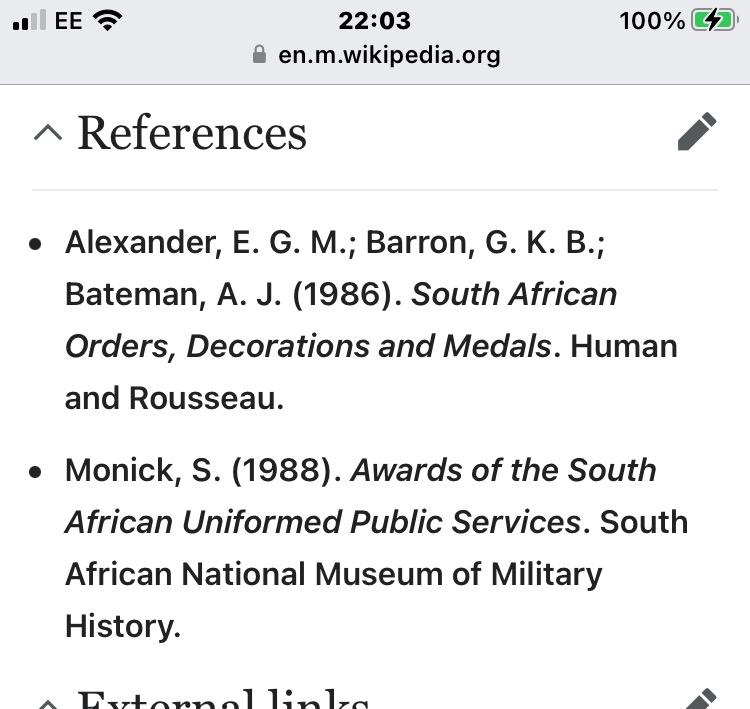
I did find an interesting article about books on the wider topic. Quite in depth with 22 pages including images, the link for it is below..,https://scientiamilitaria.journals.ac.za/pub/article/download/350/387
& 1st page of it 👇
Cheerstony 🍻
0 -
35 minutes ago, Harry the Mole said:
Here you go... this is what diligent searching can turn up on eBay if you look around enough. But as always, you need to know a little bit about what you are hunting down.
Both medals were purchased on eBay. The one on the left is cast in bronze, and the one on the right is bronze coated. Both look the same, but the one on the left is the size of the original with the cross at 36mm wide and 41mm high. The one on the right is 34mm wide and 39mm high.
Other differences are that the one on the left has no visible seams on the sides of the arms of the cross and the mane of the lion is curled. The cross on the right has seams on the sides of the arms of the cross and the lions mane is straighter. The borders of both crosses are also narrower than an original VC, but the medal on the left is of far superior quality of the one on the right.
The cross on the right turns up on eBay quite regularly, and the one on the left - less frequently, and sometimes it is usually poorly cast. But you can drop lucky and get yourself a good tailors copy like the example on the left for next to nothing.
Cheers,
Steve
I’ll be coming to you next time I see an interesting one. I saw one or two but it was hard to see past ‘knowing for certain’ they weren’t original.This one for example 👇
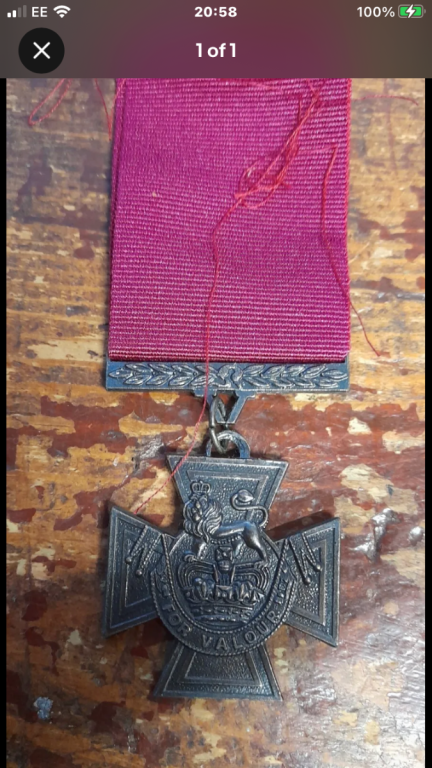 it seemed (to me) like good sharp detail but then even I saw the ring loop is terrible 🤷♂️
it seemed (to me) like good sharp detail but then even I saw the ring loop is terrible 🤷♂️
Now looking at your examples I see it’s nothing like them. Like I said I may have to start running a few past you for your critique… you never know I may get lucky 🤭
tony 🍻🍻
0 -
9 hours ago, Harry the Mole said:
I would have thought that attachment holes would be the norm - as used on other ribbon attachments, such as rosettes, Mons Star bar, oakleaf... A nice little VC though.
Hey, Tony... keep looking on fleabay, it's surprising what crops up on there. I have another tailors copy VC that I purchased on there about three months back. I'll see if I can get it photographed later today and post it on this thread. Again it is another one that would slip under the radar of many collectors.
Cheers,
Steve
hi Steve,yes you’ve got me looking now 😁 the seller of this little fella sells collectibles rather than being a militaria dealer, my preference when looking for overlooked bargains.
I thought maybe it was from a time they couldn’t, or didn’t, drill such small holes… I’m always the optimist 🤞
or maybe not for a ribbon at all, maybe it was attached to something else.
Anyway, nice to hear it’s a fair looking design as I see now, as you mentioned previously, how crappy looking some of the things out there are.
cheers
tony 🍻
0 -
2 hours ago, cazack said:
nice looking attachment
if the cross was genuine would it not have 2 x holes for it to be able to be attached to the ribbon?
C
That’s partly why I’m wondering if it may be older (did they always have the tiny holes) or may be something else altogether 🤷♂️
I’m still looking…
tony 🍻
0 -
Hello Steven,
I agree.
You are in the right place already.If you search ‘soldbuch’ you’ll see literally hundreds of examples of Gents such as The Prussian making sense of them for mere mortals such as you and I 🤷♂️
We hope to see some pics soon
cheers
tony 🍻
1 -
Hi Gents,
and particularly Steve aka Harry the Mole…
Steve, after reading of your find, the old tailors VC, I found myself paying a little more attention to things that popped up on EBay…
I spotted this 👇
A cute little VC for attachment to a ribbon bar I guess. It looked ‘older’ to me and it was just a total cost of fiver all in.
Any thoughts Gents?
cheers
tony 🍻
0 -
I think this link will be (would have been) helpful..,
0 -
On 05/11/2022 at 12:06, cazack said:
hello
I would like to know where and how I can locate MFA medal cards and records
kind regards in advance
C
Better late than never 😊National Archives website has some records available to download. It’s free to sign up, takes 30 seconds and it’s worth it as then you can download for free..,
tony 🍻
0 -
5 hours ago, diwe said:
Hi Tony: Thanks so much about your informative comments. I also know the seller and bought from him before. He is a great guy and he was also curious about what we would find out about this strange tunic. So thank you again for you detailed response. It is really highly appreciated!
Yes, I like him too, Ive bought some lovely guards stuff from him too. 👍
cheerstony
0 -
Moving this helpful & interesting thread to the top where it deserves to be 👍
0 -
Just to clarify, the other topic you posted only showed the shoulder boards which despite seemingly being incomplete were in fact used briefly (details in my reply there) and on their own look fine to me.
The pictures on this topic show the complete tunic and, as you say yourself, the button arrangement does not match a Coldstream pattern.
The collar, cuffs, shoulder boards and tail may well be a ‘related set’ but they are not original to this tunic.
The tail button detail is cut at the top.
To me, the collar is badly attached.
The shoulder boards are way too short.
The cuff tunic material clearly has scars where the previous detail has been removed.
The lining is red with a white tail facing whereas it should be white with a red tail facing.
& as you said the buttons of a Coldstream Guards tunic would certainly be in pairs, regardless of its age, the rank or other.
The guy selling it is a good guy in my experience but in this case I think the £200 price tag is indicative of the issues he knows it has.
Possibly it was simply an innocent way that someone showcased their set of details and it might be worth 200 for them alone if you like it.
tony.
0 -
Hi diwe,
did you see my reply to your previous post about this? Some answers there…
tony 🍻
0 -
On 23/12/2023 at 15:49, General Gordon said:
Nice! I did not know there was such variety, I’d heard of ‘Queen Mary tins’ but this is new to me, 🍻0 -
Yes, well said Sir!
Happy Christmas all…
tony🍻
1 -
2 hours ago, gjw said:
That’s another beauty mate 🍻🍻Happy Christmas to you and yours 🍻🍻
0 -
33 minutes ago, Christian1962 said:
Hi Tony!
Johann Christlbauer was a well-known producer of high end quality medals, especially he produced a lot of silver medals for local fire brigades of towns and cities. They are known from the end of the 19th century and in the interwar period. I must confess that I don't know, how long the company existed. I will have a look if I will find a medal in my collection and post it here.
Regards
Christian
I just own one: Dienstbotenmedaille des Landes Oberösterreich:
Thanks Christian, that settles it for me.Corroborates the few scraps I found. 👍
So Gents, did any of you know that Johann is an alternative for Josef? Because I didn’t have a clue 😊
My concern was I found Josef but he died in 1897, too early for our KTK’s. And I was looking for a possible son called Johann or anyone by that name.
Eventually, mercifully I might add, I realised Johann was Josef. Then I found reference to a commemorative medal produced by…
‘private Christelbauer mint of Austria’ in 1899, so that proved the business continued after Josef died in 1897.
With Christians existing knowledge of them , then it’s settled, 😁
I like the sound of 👇
JOHANN (JOSEF) CHRISTLBAUER MINT.
Cheers Gents
tony 🍻
0 -
1 hour ago, cabbell2207 said:
Thank you so much Farkas for the information,i really appreciate it.Hard to see from the photos but when its in the light you can just make out the faint finish in the recesses. Diolch

🍻🍻 🏴🏴0 -
Hello Gents,
I’m usually up overnight at least 2 nights a week, if I can I spend them on here learning a little bit more.
But all to often I get a bit of an OCD type fixation especially when I feel the answer is somewhere waiting to be found.
For this topic, I’ve spent months on and off trying to ID all the makers on the list I found elsewhere, with some success but still not all of them. Hence the big pause. I struggle with the thought of giving up… or did!
With help, I have identified all the makers that I have examples of. So until I have got any additional one or someone else posts on here another mark that they have… F’ the others on that previous list.So I have offered myself, and accepted, a compromise. 🤝
A new list.
A GMIC list.
Verified with examples.
Amongst mine I have 7 different makers marks.1. ☘️ (clover symbol)
2. FA
3. GW
4. HMA
5. JC
6. MKT
7. W&A
1. ☘️ (clover symbol)
The clover symbol was used by BSW.
BRÜDER SCHNEIDER A.G WIEN
2. FA
FRANZ ADLER METALLWARENFABRIK
3. GW
GYORFFY ES WOLF FEMIPARI RT.
4. HMA
HAUPTMUNZAMT
5. JC
JOHANN CHRISTELBAUR & SON
6.MKT
METALL-KUNSTSTOFF-TECHNIK
7. W&A
WINTER & ADLER, WIEN
I’ll leave it there for now, I’d hate to delete all the above by mistake, list with photos to follow.
Any comments, additions or corrections, complaints or other always welcomed.
tony 🍻
By the way…
I just googled JOHANN CHRISTELBAUR & SON and (😡) found nothing 🤷♂️ So for now I have doubts about this one (☹️)
3 -
A whopping 106.9k views for this topic! Clearly proves that the people visiting this forum would miss GMIC if it was gone…
🍻
2 -
58 minutes ago, Harry the Mole said:
Good luck.
thanks Steve 🍻0


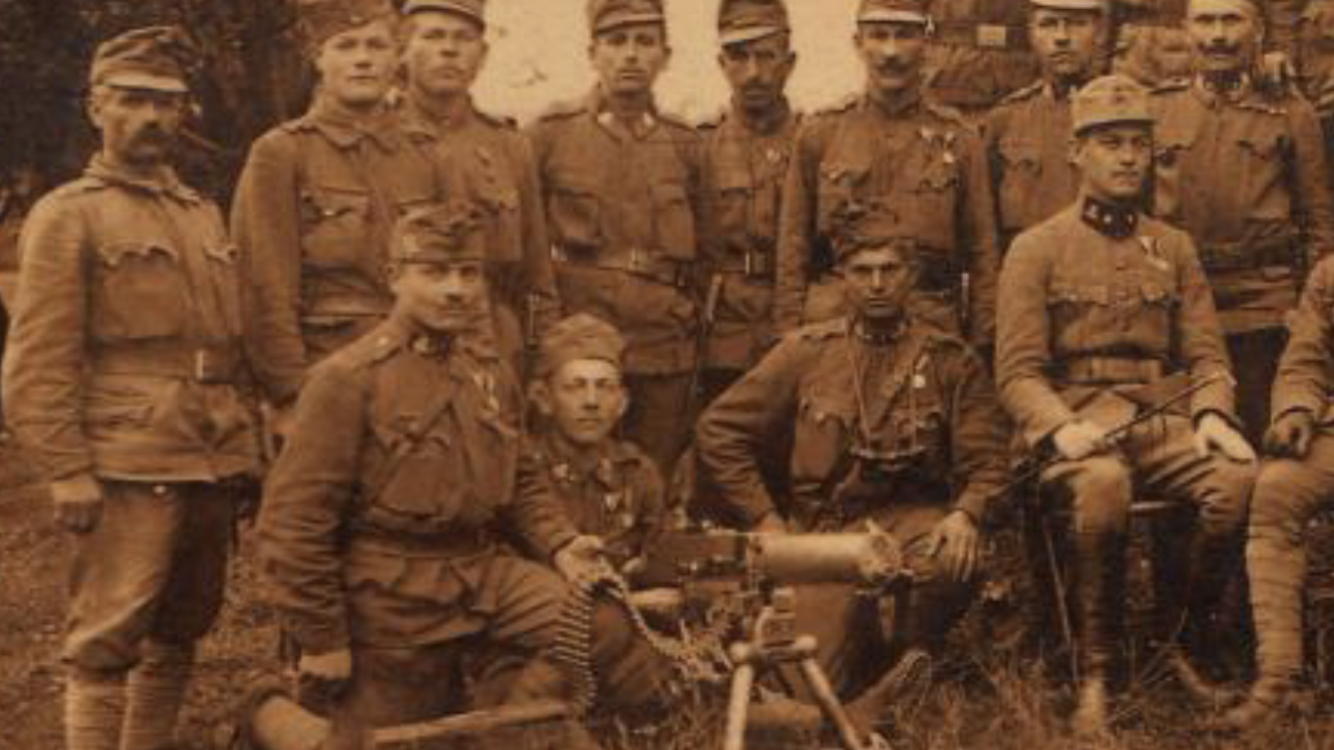
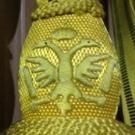
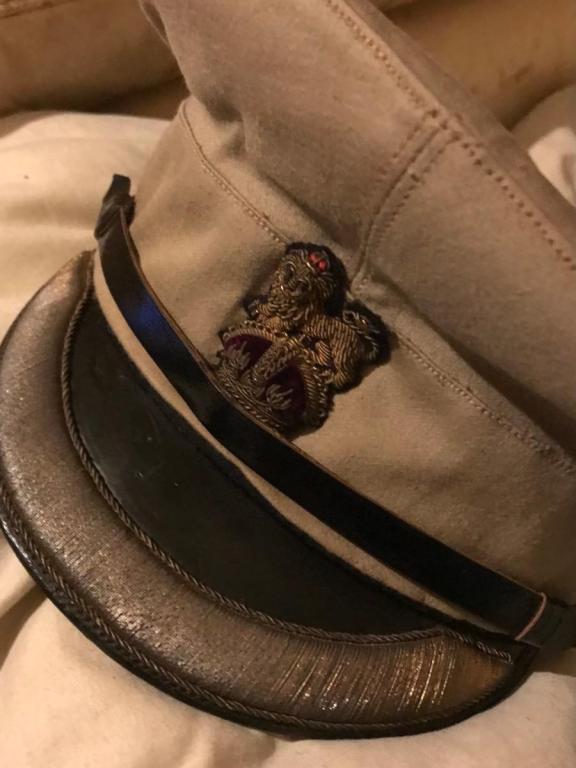
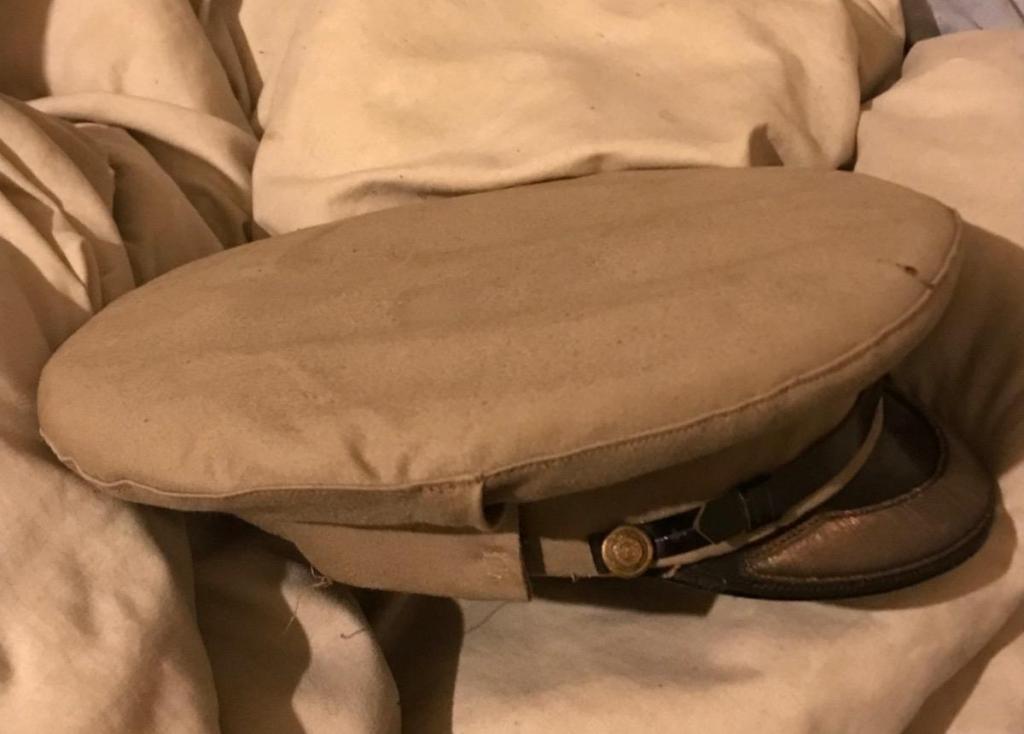




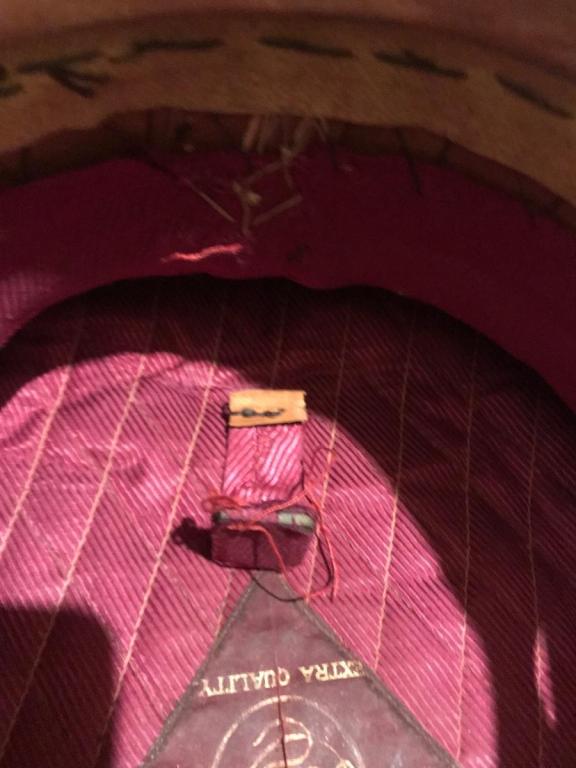
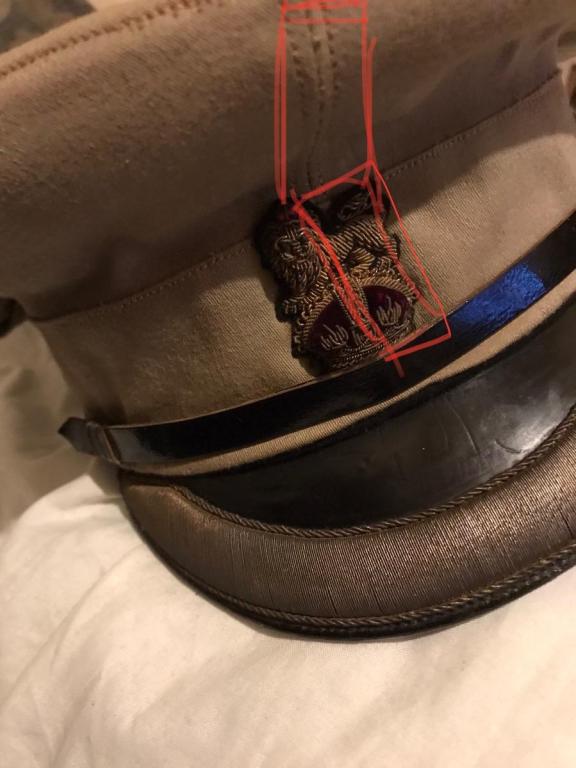
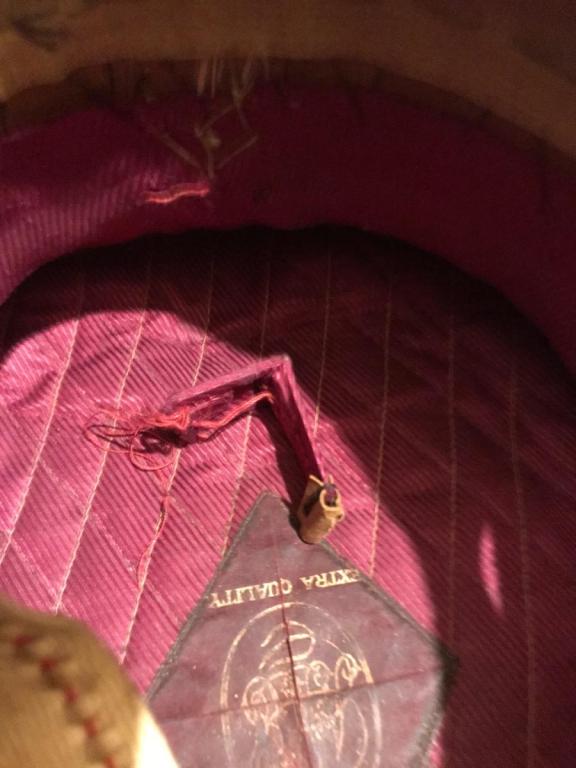

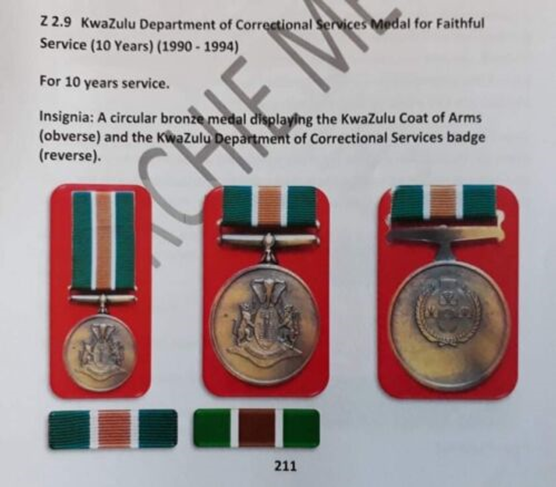
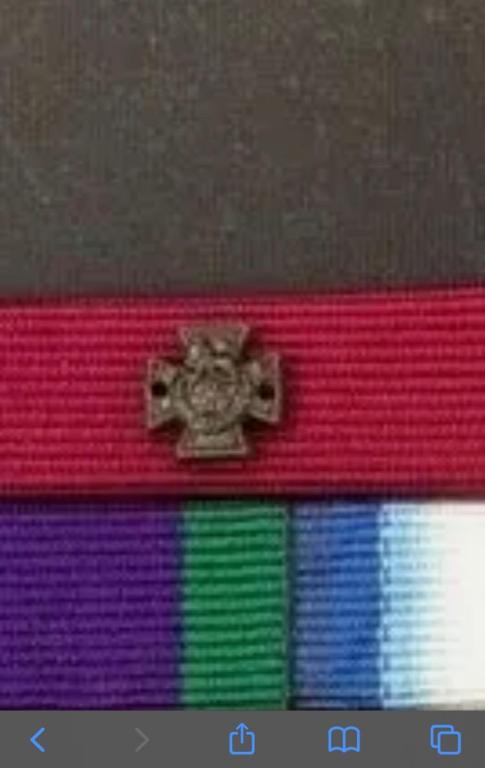
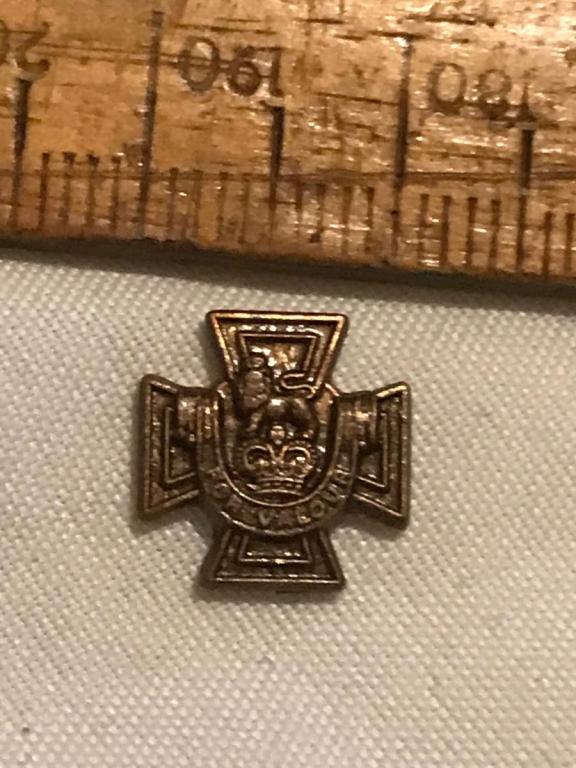

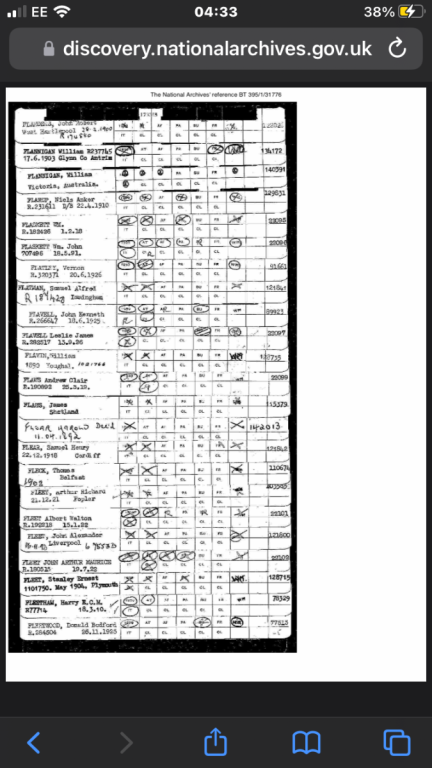
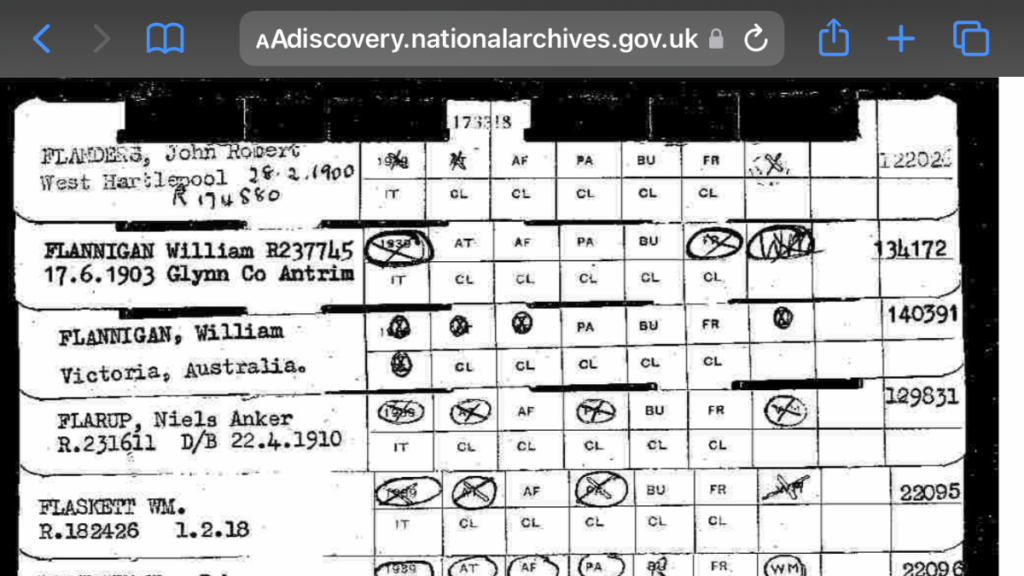


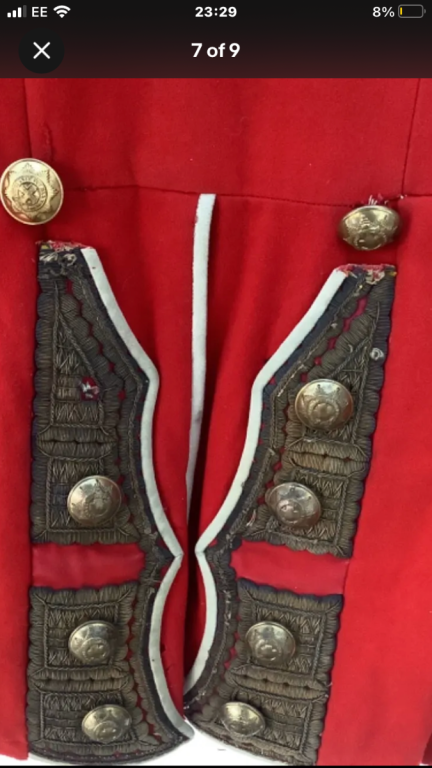

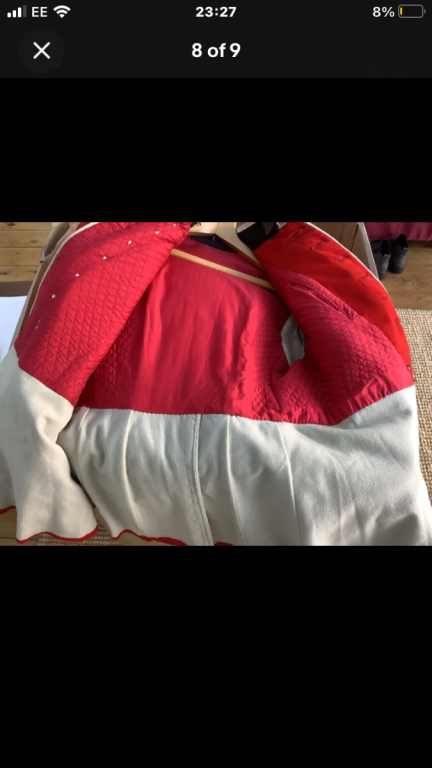
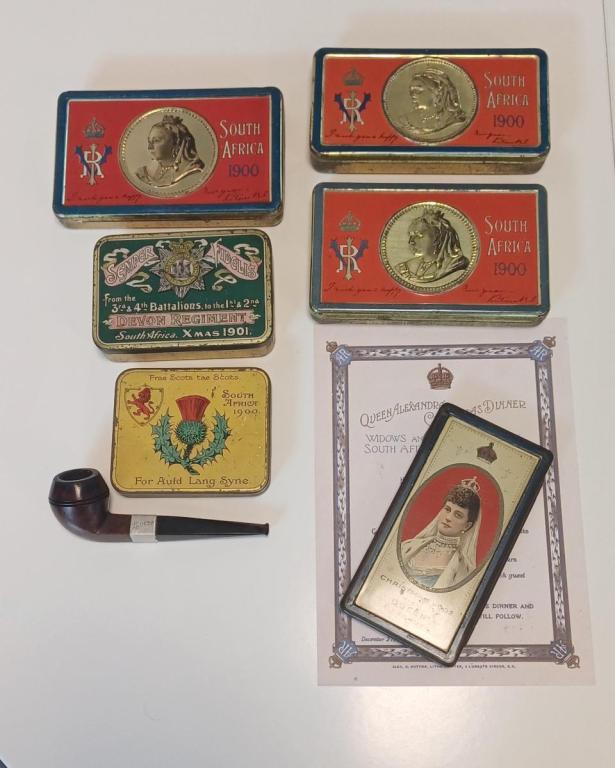
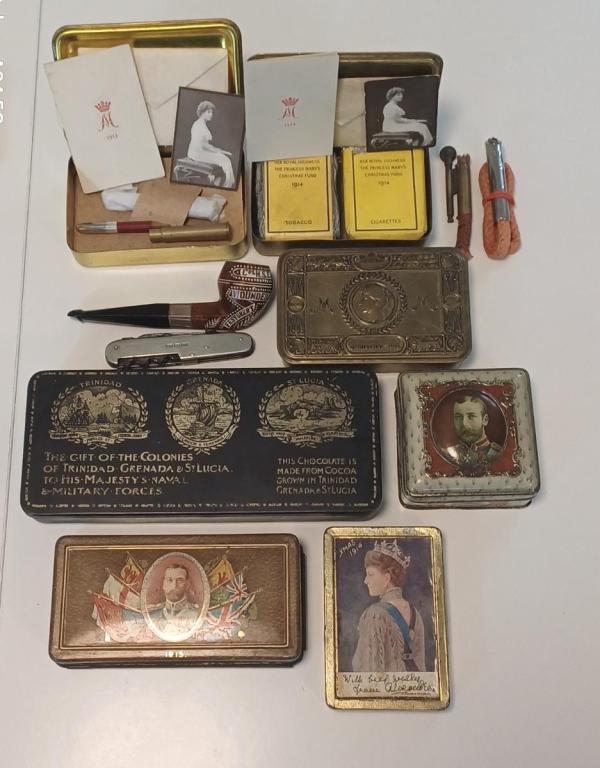
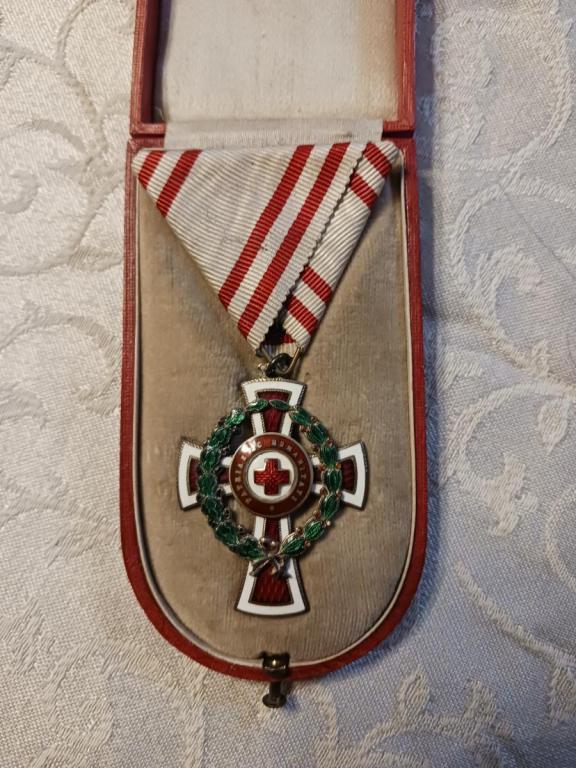

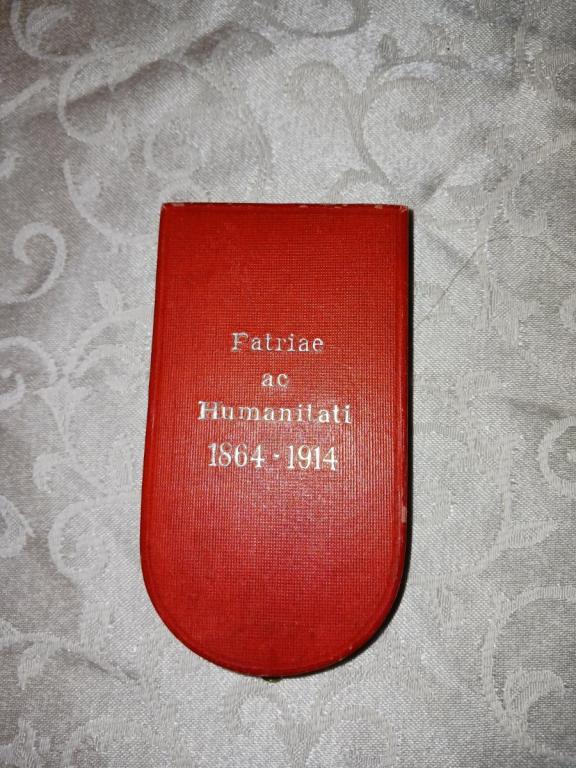
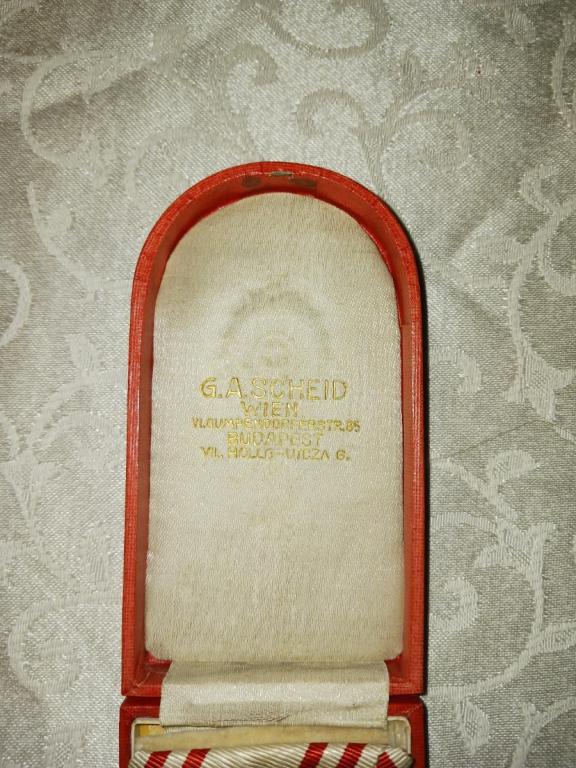

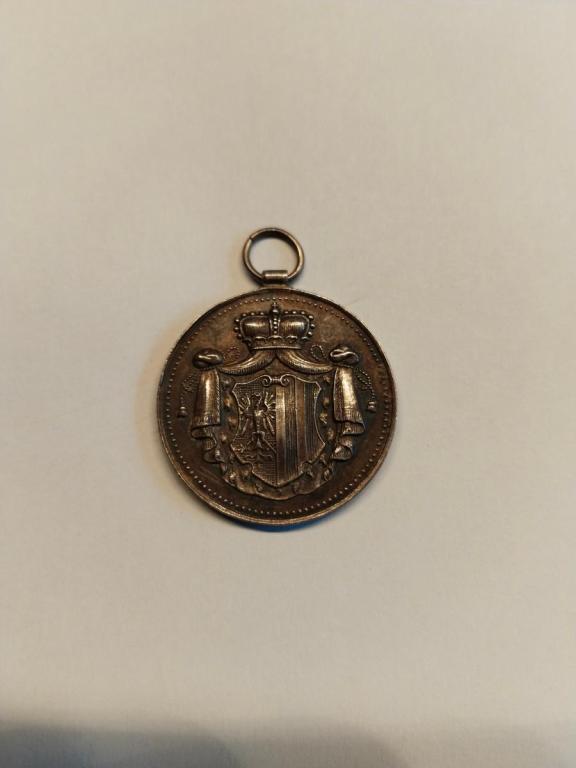
Help Identifying Irish Regiment Photo c. 1890
in Great Britain: Militaria: Badges, Uniforms & Equipment
Posted
Hi Robbo,
I’ve had a look through the original post which has good facts 👍
My tuppence worth is to focus on the ribbon worn on the rear of the collar.
As a Welshman I know the Royal Welsh Fusiliers wear one. I just read that it represents a ponytail that was traditionally worn or something like that.
Though I don’t know of others that did/do if this is not the RWF it appears from the photo some did/do.
There is a fusiliers connection with the Connaught Rangers.
There was also the RDF 👇
This came up too, similar shape design but I’m not sure if it is RDF.
This is an RWF glengarry badge 👇
In 1871 then 1881 and there were big changes in structure and uniforms of the British army, with tweaks made for the rest of Queen Victorias reign ( to 1902)
As will all unwelcome/unnecessary change especially, there was some push back and it took time.
Men that purchased their own uniforms and that was particularly noticeable amongst militias didn’t hurry to adopt the changes. Historic badges/buttons were retained and used out of place by men and officers alike, collar badges on caps or old buttons on mess dress for example.
For now , If pushed, I’d say your man is a fusilier and, without me knowing others with the ribbon, that he is in a Royal Welsh Fusiliers uniform. I’d then have to guess that if they are not simply ‘hard to make out’ RWF badges then the collar badges are his from ‘before’ ie he served in a unit amalgamated into RWF or disbanded.
I’ve underlined all the if’s because with some Gent on here letting us know other units with the ribbon, and I bet there is… it’s all change 🤷♂️
tony 🏴🇬🇧